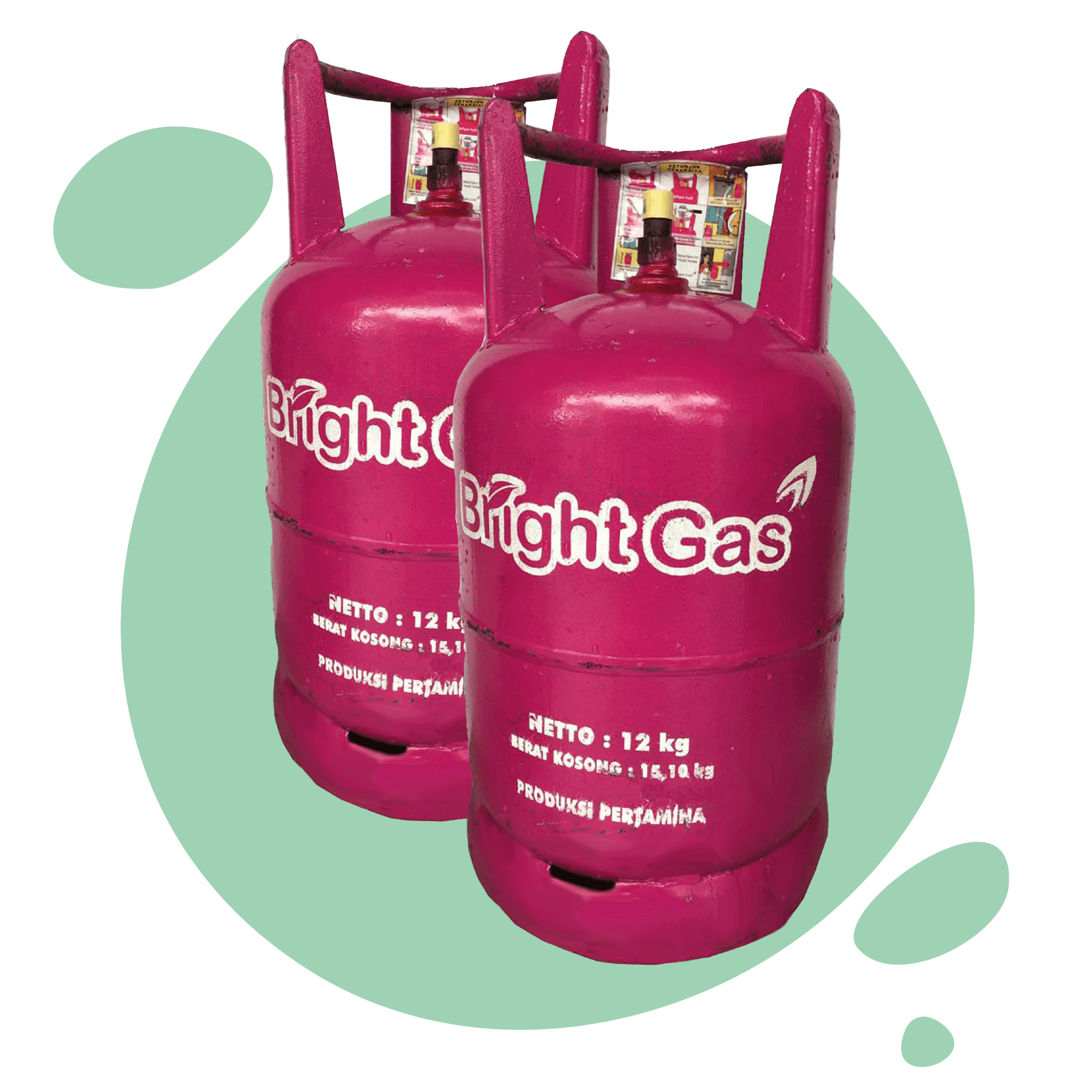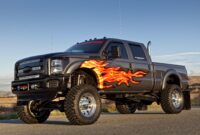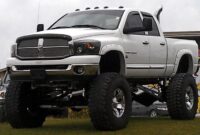LPG Bobtail Trucks For Sale: Your Comprehensive Guide to Acquiring a Vital Asset sale.truckstrend.com
In the intricate world of energy distribution, few vehicles are as specialized and indispensable as the LPG (Liquefied Petroleum Gas) bobtail truck. These self-contained mobile dispensing units are the backbone of propane delivery networks, ensuring homes, businesses, and agricultural operations have access to this versatile fuel. For any company involved in propane sales and distribution, acquiring the right bobtail truck isn’t just a purchase; it’s a strategic investment in operational efficiency, safety, and market reach.
This comprehensive guide delves into every facet of "LPG Bobtail Trucks For Sale," offering insights for new entrants and seasoned operators alike. We’ll explore their fundamental role, critical buying considerations, where to find them, and essential tips for ensuring a successful, long-term investment.
LPG Bobtail Trucks For Sale: Your Comprehensive Guide to Acquiring a Vital Asset
Understanding LPG Bobtail Trucks: Anatomy and Functionality
An LPG bobtail truck is a purpose-built vehicle designed for the safe and efficient transport and delivery of propane to end-users. Unlike large transport tankers that carry bulk LPG between terminals, bobtails are configured for "last-mile" distribution, typically delivering to residential tanks, commercial cylinders, or agricultural equipment.
At its core, a bobtail truck consists of three primary integrated components:
- The Chassis: This is the truck itself – the engine, frame, cab, and running gear. Common manufacturers include Freightliner, Peterbilt, Kenworth, International, and Mack. The chassis must be robust enough to handle the significant weight of the loaded tank and engineered for safety and stability.
- The Pressure Vessel (Tank): This is an ASME (American Society of Mechanical Engineers) certified steel tank, specifically designed to safely contain LPG under pressure. Tank capacities typically range from 2,000 to 5,000 gallons, though smaller or larger custom options exist. The tank is equipped with various valves, gauges, and safety devices like relief valves.
- The Pumping and Metering System: This complex system allows for the safe transfer of LPG. It includes:
- Pump: A high-capacity pump to transfer LPG from the truck’s tank to the customer’s tank.
- Meter: A calibrated device that accurately measures the volume of LPG dispensed, crucial for billing.
- Hose Reel: A retractable hose reel with a durable, high-pressure delivery hose and a dispensing nozzle.
- Safety Controls: Emergency shut-off valves, excess flow valves, and remote shut-off systems are integral for preventing leaks and ensuring safety during operation.

The functionality of a bobtail truck revolves around its ability to self-load (from a bulk terminal), transport, and then safely dispense LPG to customer tanks. This integrated design makes them highly efficient and minimizes the need for additional equipment at the delivery site.
Why Invest in an LPG Bobtail Truck? Benefits and Applications
For propane distributors, a bobtail truck is more than just a vehicle; it’s a mobile profit center. The benefits of owning the right bobtail are substantial:
- Operational Efficiency: Bobtails are designed for one-person operation, allowing a single driver to handle loading, transport, and delivery, streamlining the distribution process.
- Direct-to-Customer Service: They enable direct delivery to a wide range of customers, from individual homeowners to large industrial facilities, ensuring consistent fuel supply.
- Revenue Generation: As the primary asset for fuel delivery, bobtail trucks are directly responsible for generating sales and maintaining customer relationships.
- Market Reach: Their mobility allows companies to serve diverse geographical areas, including rural and remote locations where pipeline natural gas is unavailable.
- Safety and Compliance: Modern bobtail trucks are built to stringent safety standards (NFPA 58, DOT, ASME), minimizing risks associated with hazardous material transport when properly maintained and operated.
- Versatility: Beyond residential heating, bobtails serve various applications, including commercial cooking, agricultural drying, forklift fuel, temporary heating, and industrial processes.
Key Considerations When Buying an LPG Bobtail Truck
Acquiring an LPG bobtail truck requires careful consideration of several factors to ensure it meets your operational needs, budget, and regulatory obligations.
New vs. Used: The Perennial Debate
- New Bobtails:
- Pros: Latest technology, full manufacturer warranty, customizable specifications, lower immediate maintenance, potential for better fuel efficiency.
- Cons: Significantly higher initial investment, longer lead times for custom builds.
- Used Bobtails:
- Pros: Lower initial cost, quicker availability, immediate return on investment, often depreciated value.
- Cons: Potentially higher long-term maintenance costs, no warranty (or limited), older technology, may require significant refurbishment, unknown service history.
- Critical Note for Used: A thorough pre-purchase inspection by a qualified professional specializing in LPG equipment is non-negotiable. This includes tank integrity checks, chassis mechanicals, pump/meter functionality, and safety system verification. Always request comprehensive maintenance records and tank certification documents.
Tank Capacity and Chassis Specifications
- Tank Capacity: Match the tank size (e.g., 2,000, 2,800, 3,200, 3,500, 4,000, 5,000 gallons) to your typical route lengths, customer density, and delivery volumes. Larger tanks mean fewer trips to the bulk plant but also higher purchase costs and potentially lower maneuverability.
- Chassis Make and Model: Consider reputable truck manufacturers known for durability and service availability. Evaluate engine size (horsepower and torque), transmission type (manual vs. automatic), and axle configuration based on your terrain and load requirements.
- Gross Vehicle Weight Rating (GVWR): Ensure the truck’s GVWR can safely accommodate the full weight of the tank, LPG, and all equipment.
Pumping and Metering Systems
- Pump Type and Flow Rate: Different pumps offer varying flow rates. Consider your average delivery size and desired speed.
- Meter Accuracy: Look for highly accurate, verifiable metering systems. Electronic meters offer advanced features like ticket printing and integration with dispatch software.
- Hose Reel and Length: Assess the condition of the hose reel and the length and quality of the delivery hose.
Safety Features and Regulatory Compliance
This is paramount. Ensure the truck adheres to all federal (DOT, OSHA), state, and local regulations. Key safety features include:
- Emergency shut-off valves (internal and external)
- Remote shut-off systems
- Excess flow valves
- Pressure relief valves
- Rollover protection
- Fire extinguishers and suppression systems
- Leak detection equipment
- Proper lighting and reflective markings
Verify that the ASME tank has current certifications and has undergone required periodic inspections (e.g., internal visual inspections, hydrostatic testing).
Finding LPG Bobtail Trucks For Sale: Where to Look
The market for LPG bobtail trucks is specialized, but several reliable avenues exist for finding your next asset:
- Specialized Dealerships: Many dealerships focus exclusively on propane and fuel delivery equipment. They often sell both new and refurbished used trucks, offer financing, and provide maintenance services. This is often the safest bet for quality and support.
- Online Marketplaces: Websites like My Little Salesman, TruckPaper.com, CommercialTruckTrader.com, and specific industry forums often list used bobtail trucks. Exercise caution and verify sellers.
- Auctions: Industrial equipment auctions can sometimes feature bobtail trucks. While potential bargains exist, these are often "as-is" sales with limited opportunity for pre-inspection, carrying higher risk.
- Direct from Propane Companies: As companies upgrade their fleets, they may sell their older, well-maintained bobtails directly. Networking within the propane industry can uncover these opportunities.
- Industry Trade Shows: Events like the NPGA Southeastern Convention & International Propane Expo are excellent places to see the latest models, connect with manufacturers and dealers, and learn about available inventory.
The Buying Process: Practical Advice and Actionable Insights
- Define Your Budget and Needs: Clearly outline your maximum spend, desired tank capacity, new vs. used preference, and essential features.
- Conduct Thorough Research: Compare models, features, and pricing from various sellers. Read reviews and seek recommendations.
- Perform a Detailed Inspection (Especially for Used): If buying used, invest in a professional, independent inspection by a qualified LPG mechanic. This should cover the tank’s integrity, pump and meter functionality, chassis mechanicals (engine, transmission, brakes, tires), and all safety systems.
- Verify Documentation: Obtain and scrutinize all relevant paperwork: title, maintenance records, tank ASME certification, inspection reports, and any re-certification documents. Ensure the VIN matches all documents.
- Confirm Regulatory Compliance: Double-check that the truck meets all federal, state, and local regulations for transporting hazardous materials. Any non-compliance issues could lead to costly fines or operational downtime.
- Test Drive and Operate: If possible, test drive the truck and, crucially, test the pumping and metering system to ensure it functions correctly and accurately.
- Negotiate: Based on your research and inspection findings, negotiate the price. Be prepared to walk away if the deal doesn’t feel right or if significant issues are uncovered.
- Secure Financing and Insurance: Explore financing options early, as specialized equipment financing may differ from standard vehicle loans. Obtain appropriate hazardous materials insurance before putting the truck into service.
Maintenance and Longevity: Protecting Your Investment
Once acquired, proper maintenance is key to maximizing the lifespan and safety of your LPG bobtail truck.
- Regular Inspections: Implement daily pre-trip and post-trip inspections.
- Scheduled Maintenance: Adhere strictly to manufacturer recommendations for engine, transmission, brake, and tire maintenance.
- LPG System Checks: Regularly inspect hoses, fittings, valves, and the pump/meter system for leaks or wear. Calibrate the meter annually or as recommended.
- Tank Re-certification: LPG tanks require periodic internal visual inspections and hydrostatic testing (typically every 5 years for internal inspection and 10 years for hydrostatic test for MC/DOT coded tanks, and depending on jurisdiction for ASME tanks after 10 years of service, then every 5 years). Stay ahead of these deadlines.
- Driver Training: Ensure all operators are properly trained, certified (CDL with HazMat endorsement), and adhere to all safety protocols for handling LPG.
LPG Bobtail Trucks For Sale: Estimated Price Ranges
Prices for LPG bobtail trucks vary significantly based on whether they are new or used, tank capacity, chassis make, year of manufacture, condition, and included features. The table below provides estimated ranges to give you a general idea. These are not definitive prices and can fluctuate based on market conditions, location, and specific seller.
| Type | Tank Capacity (Gallons) | Year Range (Example) | Chassis Make (Example) | Key Features (Example) | Estimated Price Range (USD) |
|---|---|---|---|---|---|
| New | 2,800 – 3,500 | Current Year | Freightliner M2, Peterbilt 337 | Electronic meter, PTO pump, auto transmission, full warranty, latest safety features | $180,000 – $280,000+ |
| New | 4,000 – 5,000 | Current Year | Kenworth T380, International HV | High-flow pump, advanced telemetry, custom storage, full warranty | $250,000 – $350,000+ |
| Used | 2,000 – 2,800 | 2005 – 2012 | International 4300, Ford F-750 | Mechanical meter, manual transmission, basic safety features, good condition | $40,000 – $80,000 |
| Used | 2,800 – 3,500 | 2013 – 2018 | Freightliner M2, Peterbilt 337 | Electronic meter (older gen), auto transmission, good maintenance records | $80,000 – $150,000 |
| Used | 3,500 – 4,500 | 2018 – 2022 | Kenworth T370, Freightliner 108SD | Modern electronic meter, auto transmission, advanced safety, lower mileage | $150,000 – $220,000 |
| Refurbished | Varies | 1998 – 2010 (Refurbished 2020+) | Various | New pump/meter, re-painted, updated safety, chassis overhaul | $90,000 – $160,000 |
Note: Prices are highly variable. Always request detailed quotes and conduct thorough inspections.
Frequently Asked Questions (FAQ) About LPG Bobtail Trucks
Q1: What is the typical lifespan of an LPG bobtail truck?
A1: With proper maintenance and regular inspections, the chassis of a bobtail truck can last 15-20 years or more, and the ASME tank, with required periodic re-certifications, can last 30-40 years or longer. Components like pumps and meters may need replacement every 5-10 years depending on usage.
Q2: Do I need special licensing to operate an LPG bobtail truck?
A2: Yes. In the United States, you typically need a Commercial Driver’s License (CDL) with a hazardous materials (HazMat) endorsement (H endorsement) and often a tanker endorsement (N endorsement). Drivers must also comply with DOT regulations, including drug and alcohol testing.
Q3: What are the most important safety features on an LPG bobtail truck?
A3: Critical safety features include internal and external emergency shut-off valves, excess flow valves, pressure relief valves on the tank, remote shut-off systems, proper grounding and bonding equipment, fire suppression systems, and clear warning placards.
Q4: How often do LPG tanks on bobtails need re-certification?
A4: The requirements vary by tank code and jurisdiction. For DOT-coded tanks (MC 331), internal visual inspections are typically required every 5 years, and hydrostatic testing every 10 years. For ASME-coded tanks, the initial re-qualification typically occurs 10 years after manufacture, and then every 5 years thereafter, as per NFPA 58 guidelines and state regulations. Always verify local regulations.
Q5: Can I convert a regular truck into an LPG bobtail?
A5: No. LPG bobtail trucks are highly specialized vehicles. The tank, pumping system, and chassis integration require specific engineering, certifications (ASME for the tank), and compliance with strict safety regulations (NFPA 58, DOT). It’s not a DIY conversion project.
Q6: What’s the difference between propane and LPG?
A6: LPG (Liquefied Petroleum Gas) is a general term for flammable hydrocarbon gases, including propane, butane, and mixtures thereof. Propane is the most common type of LPG used in North America for heating, cooking, and vehicle fuel, so the terms are often used interchangeably in this context.
Conclusion
The LPG bobtail truck is an indispensable asset for any company in the propane distribution business. It represents a significant investment, but one that, when chosen wisely and maintained diligently, yields substantial returns in operational capacity, customer satisfaction, and revenue generation.
Approaching the purchase of an LPG bobtail truck with a clear understanding of your needs, a commitment to thorough research, and an unwavering focus on safety and regulatory compliance will pave the way for a successful acquisition. Whether new or used, the right bobtail truck is more than just a vehicle; it’s a mobile lifeline, delivering essential energy and driving the success of your business for years to come.



